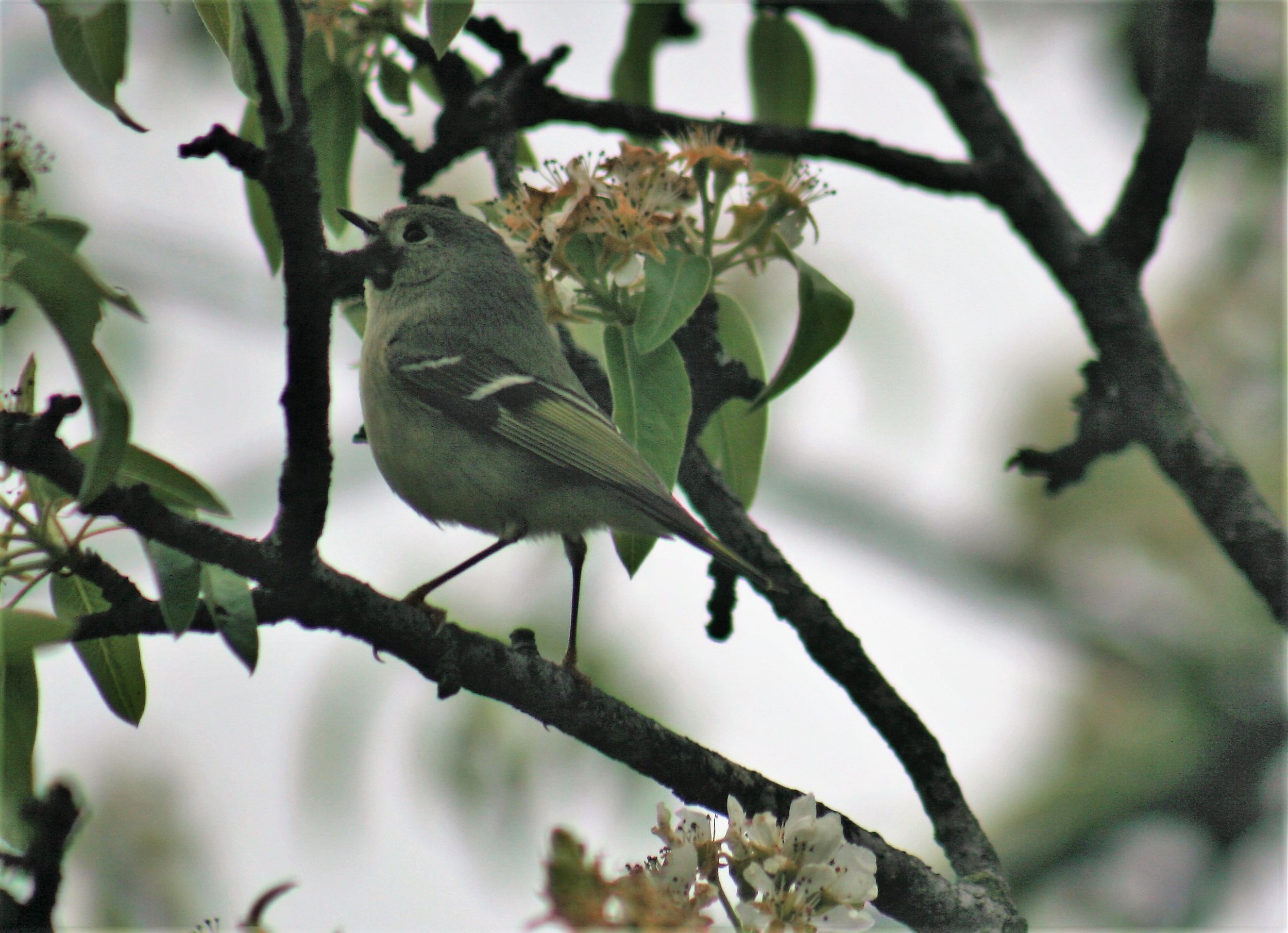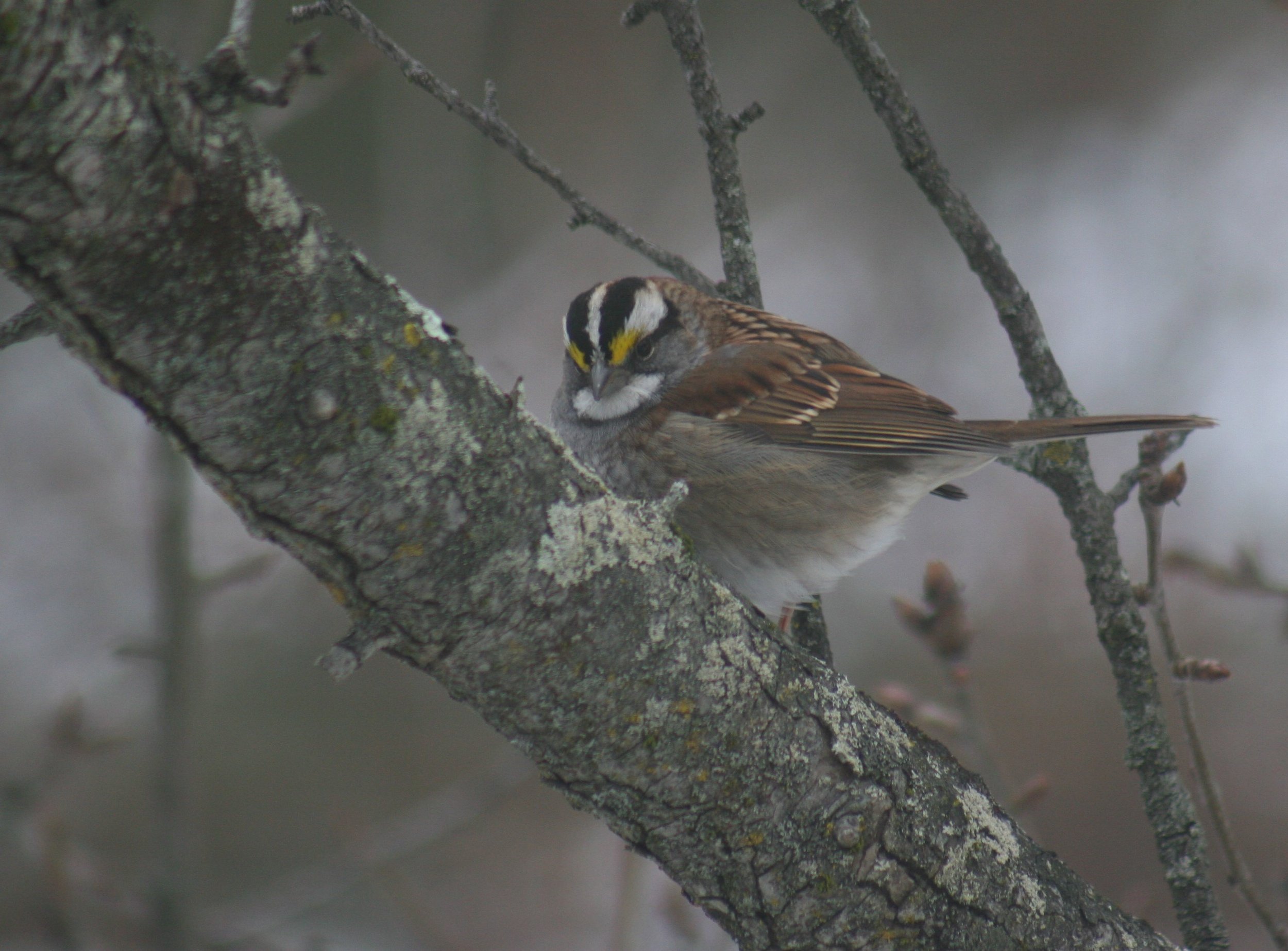Making Music with Birds
/By John Sichel '81
House Wren. Photo courtesy of John Sichel '81.
I am a composer and long-time birder who is fascinated with birdsong. In 2021, I received a research grant from Raritan Valley Community College to record birdsong and incorporate it into a work for the college choir. The grant enabled me to purchase a special parabolic microphone and related equipment. The recordings were made in the late spring and summer of 2021, and the work, entitled Three Motets, was completed by December. The premiere of the work is scheduled for May 1 at Raritan Valley Community College.
Chickadee. Photo Courtesy of John Sichel '81.
Composers have a long history of trying to capture the magic of birdsong in their music. Human imitations of birdsong, whether vocal or instrumental, famously occur in Beethoven’s 6th Symphony, Berlioz’ Damnation of Faust, Mahler’s early symphonies, and dozens of works by the great 20th-century composer Olivier Messiaen (1908-1992), whose scores even cited birdsong in proper binomial nomenclature—e.g. “Uirapuru, (Cyphorhinus arada).”
Technology made it possible to incorporate actual birdsong into music as early as the 1920s, when the composer Ottorino Respighi (1879-1936) called for a “gramofono” in the orchestra for his Pines of Rome, asking that “No. R. 6105 del Concert Record Gramophone: Il canto dell’usignolo” (The Song of the Nightingale) be played at the end of the 3rd section of the piece. In 1972, the Finnish composer Einojuhani Rautavaara (1928-2016) wrote an entire piece, Cantus Arcticus—subtitled Concerto for Birds and Orchestra—which incorporated tapes the composer made near the Arctic Circle.
Kinglet. Photo courtesy of John Sichel '81.
Ornithologists in the 20th and 21st centuries, examining birdsong with newly invented analog and then digital technologies, found that it reveals extraordinary complexity, virtuosity, and beauty when slowed down and lowered in pitch. In real time, birdsong is too high and too fast for humans, who experience the world at a more leisurely pace, to hear the detail. Songbirds have two “voice boxes,” properly called syrinxes, one in each bronchial tube; this double structure enables them to produce multiphonics and other vocal effects. Also, birds’ brains have evolved to facilitate the learning, memory, and creation of complex songs used to attract mates and signal established territories.
The short video below, which shows House Wren songs I recorded, provides a small suggestion of the complexity and richness of birdsong. The House Wren (Troglodytes aedon) is a common migrant that typically nests in birdhouses, in overturned flowerpots, and behind shutters. Its song, to a listening human, sounds like the squeaking of a tiny, sputtering, outraged politician. Heard at 15% of its original speed, it takes on a surprising new dimension (though still sounding like a politician). In the video, you will hear two songs from the House Wren who lives on our patio, each one heard first fast and then slow. You will note that the Wren is not sputtering at random but repeating a complicated song verbatim.
The following brief excerpt of a bird song medley includes our House Wren once again, but also Wood Thrush, American Robin, Veery, Ovenbird, and several other species. The Wood Thrush sings, among other things, a purely diatonic passage (Do-Sol-Mi-Do-Sol-La) that suggests Siegfried’s horn call from Wagner’s Ring, or, alternatively, the first six notes of How Brightly Shines the Morning Star. You can hear it sounding in three separate octaves (at three speeds) in the little excerpt below.
White-throated sparrow. PHoto courtesy of john sichel '81.
To me, the biggest challenge when combining human and avian performers is making them sound like they belong in the same piece and are not two different musics being heard in meta-counterpoint. However, some birds sing songs that, when slowed down, can easily be recreated by human musicians. In writing my Three Motets, I made use of the six-note passage described above as a recurring motive in both the birdsong tracks and the vocal parts.
As the piece has not yet been performed, this excerpt features the opening two minutes of the piece with MIDI simulations of the voices and piano accompanying the birdsong. Still, you will be able to hear how the melody sung by the "chorus" and the song of the Wood Thrush share this motive. The words to be set to this motive (not heard in the track) are the title words to E. E. Cummings’s O Sweet Spontaneous Earth.
Three Motets will premiere on May 1, 2022 at 3:00 P.M. at the Welpe Little Theater at Raritan Valley Community College. Tickets will be available from the RVCC box office (908-725-3420) after about April 15 and can also be purchased at the door. The concert will feature the RVCC Chorale, myself as conductor, pianist Anna Keiserman, and, of course, the voices of the birds.





